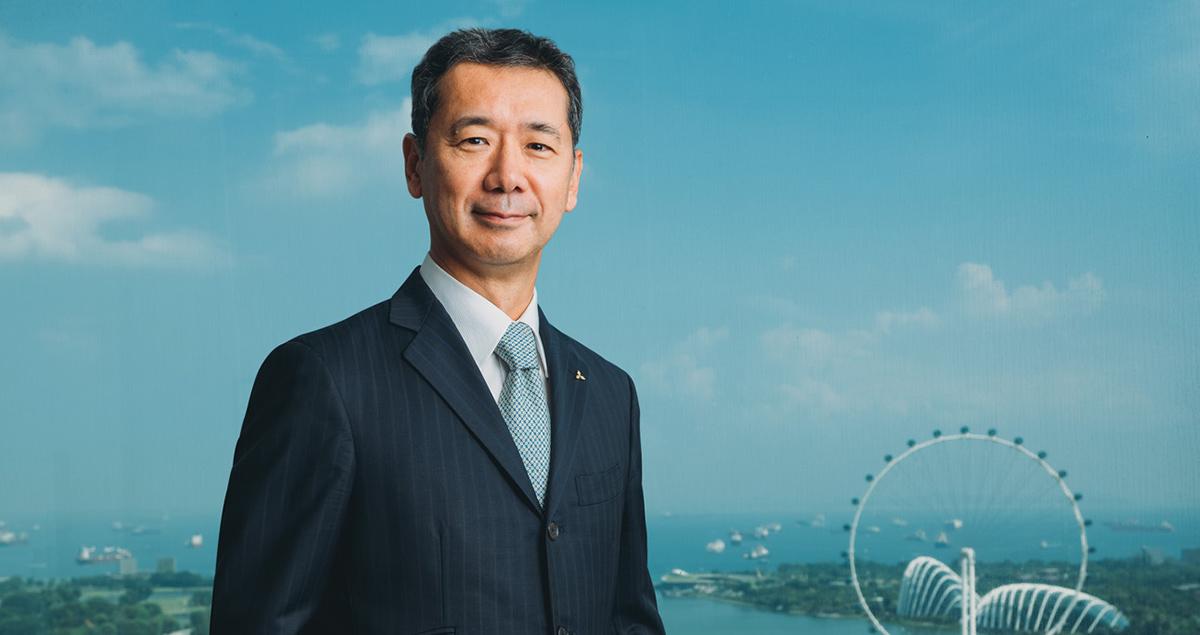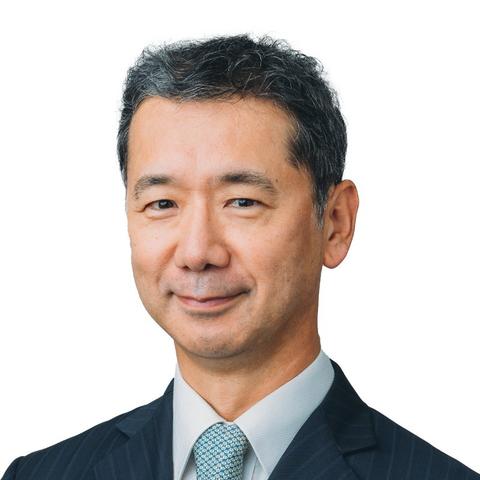Decarbonizing Asia Pacific: Three ways to achieving clean and reliable power

This article was previously published in our newsletter, if you're not already a subscriber, sign up here.
Decarbonization is a critical global priority but there is no escaping the fact that it is also a complex process - one that will take years to achieve and does not have a single solution.
Nowhere is this more the case than in Asia Pacific, a huge and hugely diverse region where nations need to balance the aspiration to move away from carbon-intensive fuels with the need to keep the cost of power affordable as they try to grow their economies and manage expanding populations. Asian leaders must carefully weigh each investment to try to maximize both the access and affordability of electricity while lowering carbon dioxide emissions.
Though it may seem impossible to juggle these apparently contradictory aspirations, there are three key approaches that countries can and should pursue, regardless of their geography or political and economic circumstances. These are to:
- Increase the flexibility of existing power generation systems to pave the way for renewables;
- Decarbonize existing power generation systems; and
- Expand capacity for low- and zero-carbon energy solutions.
The sobering fact is that some 80% of Southeast Asia’s power is generated from fossil fuels, with coal alone accounting for more than 40%. The overarching priority therefore is to raise the share of renewable generation -- and the potential to do so is vast, given the amount of sunshine and wind across the region; and the long coastlines and available land in countries such as Indonesia, the Philippines and Australia.
Increasing flexibility and utilizing existing infrastructure are key
First, however, existing coal and gas power plants must be modified to handle the intermittencies that inevitably come with the introduction of wind and solar to the electricity grid. By increasing the start-up and ramp-up rates of legacy power infrastructure for both base and ancillary load, utilities and independent power producers will be able to maintain reliable supply even as they work to enhance the output and stability of power from renewables.
Mitsubishi Heavy Industries (MHI) Group can make the required hardware and software modifications to existing thermal power plants in a matter of months, and at relatively little cost compared to a new build. In parallel, the introduction of digital technologies, like our TOMONI solution, can improve performance via rapid analysis of data collected from thousands of sensors installed throughout the plant. This can help detect problems early and avoid expensive shutdowns.
Meanwhile, smaller, mobile generation units, such as MHI’s Eblox or Solid Oxide Fuel Cell (SOFC) systems can be used to provide distributed power on small islands or to individual factories where connection to the electricity grid is impossible or not economical.
The second approach is to reduce the environmental impact of existing infrastructure, with the biggest gains generally coming through a switch from coal to gas. Plants employing state-of-the-art gas turbines from Mitsubishi Power* are a fifth more efficient than conventional coal plants, leading to an approximately 65% reduction in CO2 emissions. Further cuts will be made possible by introducing clean fuels like hydrogen or ammonia into the mix. We already have gas turbine models that are able to co-fire up to 30% hydrogen and aim to achieve 100% hydrogen firing by 2025.
Coal-to-gas switching has huge potential across Asia Pacific, where nations like Indonesia and Vietnam are still building new coal plants simply to keep up with rising power demand. Natural gas, although it produces emissions, will be a vital transition fuel for years to come, as evidenced by the fact that Asia has some $380 billion of gas infrastructure projects under development, more than anywhere else in the world. That is simply reality.
Scaling hydrogen, ammonia and CO2 capture toward carbon neutrality
Emissions can also be mitigated through carbon capture – a genuine solution to get to zero emissions. The challenge is economic. In the US and Europe, we see growing interest in carbon dioxide capture, utilization and storage (CCUS) systems. MHI is currently the global leader in carbon dioxide capture and is seeking to expand its business to the entire CCUS business area. A higher carbon price can also be a big boost for the widespread adoption of CCUS systems in Asia as well as regional and national rules and regulations.
The third approach is to progressively add low-carbon or completely clean fuels to the energy mix, to integrate them into the electricity system and to use them to decarbonize industry, transport and buildings. Asia has a lot of hydropower and some countries also boast abundant sources of geothermal and biomass energy, as well as solar and wind.
A country’s geographical inheritance will determine which type of low-carbon energy it prioritizes, but the ability to create viable supply chains for clean fuels like hydrogen will also be key. Australia, with its abundance of sun, wind and space will be a natural hydrogen exporter. But Singapore, by using a forward-thinking approach and its considerable financial resources, is turning itself into a hydrogen hub while also looking to decarbonize by importing renewable power from neighboring Indonesia.
Securing the Energy Transition, the most complex ‘engineering project’
I learned early in my career, when managing MHI’s first export of a major gas turbine combined cycle power plant to India, that big complex engineering projects must overcome not only technical hurdles but also decision-making processes and financial schemes. The energy transition is probably the most complex ‘engineering project’ the world has ever faced. However, its momentum is accelerating and I am confident that together we will succeed in creating a cleaner, safer future in Asia Pacific and the world as a whole.
* Mitsubishi Power is a power solutions brand of Mitsubishi Heavy Industries.
Discover more aboutMHI Group's Energy Transition





